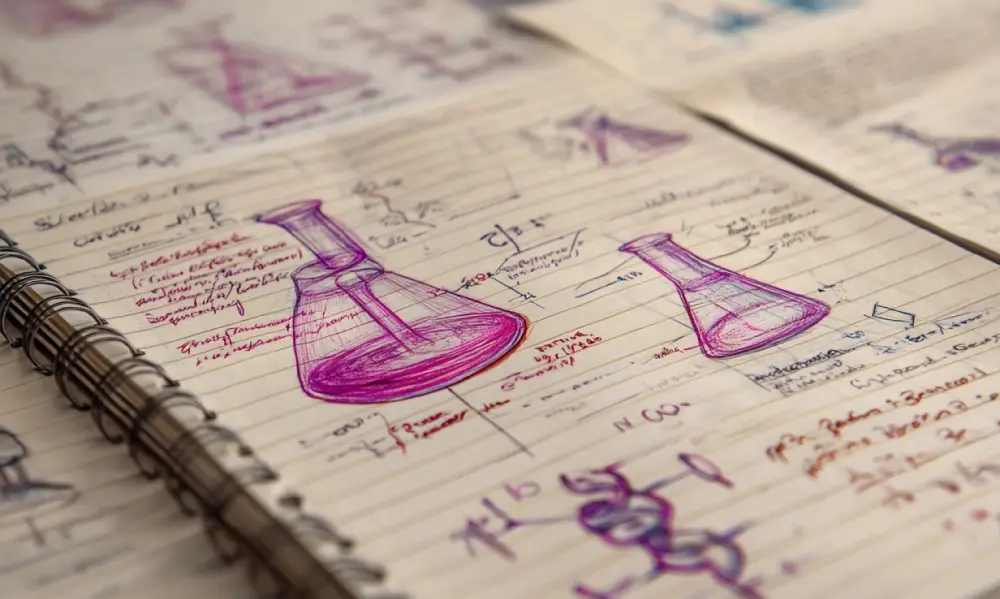While that insight might be surprising to scientists, it shouldn’t be surprising to Christians familiar with the story of Pentecost.
In Acts chapter 2, we’re told of a crowd that gathered in Jerusalem. This crowd was less a neighborhood block party and more an international summit. All told Luke names 16 different nations that were represented in their number.
While all of those (hard-to-pronounce) place names are indeed pointing to a bunch of different geographic locations,
they are also and more importantly pointing to a bunch of very different kinds of people.
For example, there were Parthians, likely silk merchants from the empire east of Rome, their robes heavy with privilege. Libyans, cowherds and traders from the margins, whose journey spoke of grit and devotion. Romans, self-assured citizens of empire, walking with the ease of power. Phrygians, rural pilgrims more at home with sheep than stone. Judeans, locals, temple regulars, insiders in every way.
And yet, when the Spirit came, it didn’t erase all that difference. It didn’t flatten accents or standardize meaning. It didn’t promote the dominant voice.
Instead, the Spirit spoke through the difference. Each person heard the message in their own language, with their own metaphors, cadences, assumptions, and heart.
In other words, in this moment – which is considered the very beginning of the church –
the Holy Spirit seems to be saying
that all this beautiful diversity and all this wonderful difference is going to be church’s strength.









